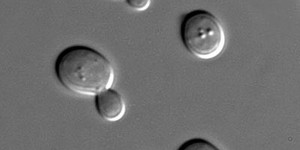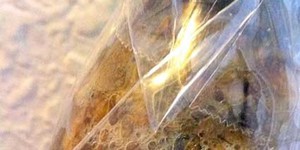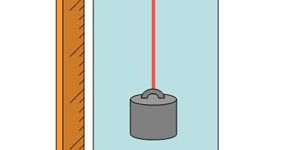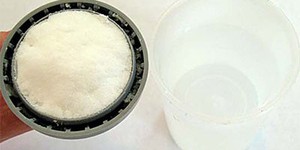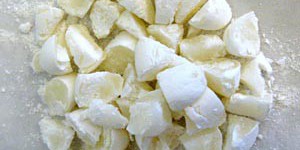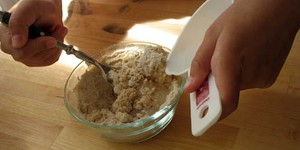Others Like “Balloon Morphing: How Gases Contract and Expand” (top 20 results)
|
Watching professional racing-car drivers compete can be thrilling. The high speeds that racing cars can reach — up to 200 miles per hour (mph) and more! — put some unique demands on the vehicles. For example, to withstand high temperatures, the tires must be inflated with nitrogen gas, instead of air as with normal car tires. This enables the drivers to have better control over steering their cars as they race around the track. In this sports science project, you will inflate…
Read more
Balloons are a festive addition to many celebrations. You've probably noticed, though, that over a short period of time, helium-filled latex balloons start to lose their buoyancy. So when you're planning your next party, how soon can you buy the balloons in advance before they start deflating? In this science fair project, you will use a simple scale to measure the lift supplied by a set of balloons, and determine the rate of lift decay.
Read more
While looking at a package of dry yeast it is hard to believe that the package has organisms in it that are alive. But add the right ingredients and presto, the mixture becomes a bubbly, oozing, mess of life! What are the right ingredients? What does that yeast need to become active? Do this science project and figure it out for yourself!
Read more
Have you ever looked up into the sky and seen not a bird, not a plane, but a hot-air balloon? They are definitely amazing and fun to watch! Do you think they are all the same size? Does size affect how long the hot-air balloon can fly? In this science fair project, you will launch hot-air balloons, powered by a toaster, and see how the size of the balloon affects its flight.
Read more
Have you ever dreamed of a world where you could take the scraps from last night's dinner and toss them into your car's fuel tank and make gas? Well, we're not quite in "Back to the Future" yet, but in this energy science fair project, you'll discover that food scraps, dead plants, sawdust, and other decaying organic matter, called biomass are a rich source of energy. You can get energy out of biomass by burning it, turning it into a liquid, or by turning it into a gas called biogas. You've…
Read more
Many materials expand when heated and contract when cooled. What do you think will happen to the elasticity (stretchiness) of a rubber band when it is heated or cooled to various temperatures?
Read more
Watching a spacecraft launch is an amazing experience. It is thrilling to see it lift off and escape Earth's gravity. Did you know that it takes a chemical reaction to get a spacecraft into space? Every time you see a one blast off, you are watching chemistry at work. In this chemistry science fair project, you will also get to blast an object into the air. You will not be using the same fuel that NASA uses for the rockets that launch their spacecrafts; instead, you will use two simple…
Read more
You have probably seen it on You Tube™ — the exploding Coke® and Mentos®
experiment. But what is it that makes the reaction happen, and what factors cause a larger or smaller
eruption? In this science project, you will see if using crushed
Mentos candies, instead of whole Mentos candies, will affect the reaction.
Read more
Playing basketball can be hard work. Players not only constantly run around the court, but just dribbling the basketball takes a lot of effort, too. Why is that? It has to do with how the basketball bounces. When the ball hits the court, its bounce actually loses momentum by transferring some of its energy into a different form. This means that to keep the ball bouncing, players must continually put more energy into the ball. In this sports science project, you will determine how high a…
Read more
Close your eyes for a moment and think about your favorite cake, pasta, and crusty bread. OK, you can open your eyes now, and please do not drool on your computer! What was the cake you pictured like? Was it light and fluffy? Did you imagine pasta with a silky, smooth texture? Was the bread you pictured wonderfully chewy? Did it give your jaws a workout? In this science fair project, you will explore an amazing substance in these foods, called gluten, and discover why these foods, all made from…
Read more
|
Explore Our Science Videos
Why Aren't All Medicines Pills?
Follow the Flow: 2017 Engineering Challenge
Harvest Water from Fog Science Project





